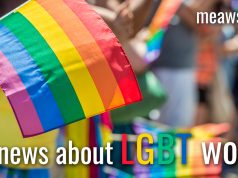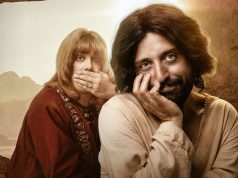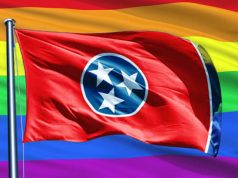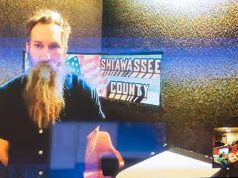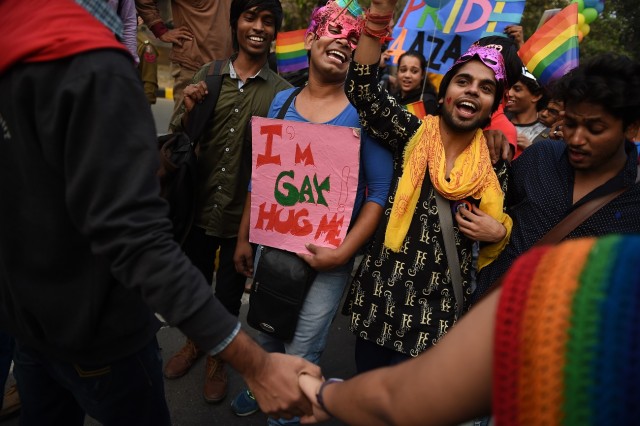
This Sunday in New Delhi was colorful as hundreds made up the Pride Rally that marched through the town. This should have been impossible. Homosexuality in India has long been a taboo subject. The British Raj (King), led by his Christian beliefs, instituted Section 377 and made sex between same sex persons punishable by law. In 2009, the Delhi High Court tried to change this, stating that it is unconstitutional to punish sex between two consenting adults but this was overturned by the Supreme Court in 2013 as they removed themselves from the issue, preferring to leave it to Indian legislators to provide clarity.
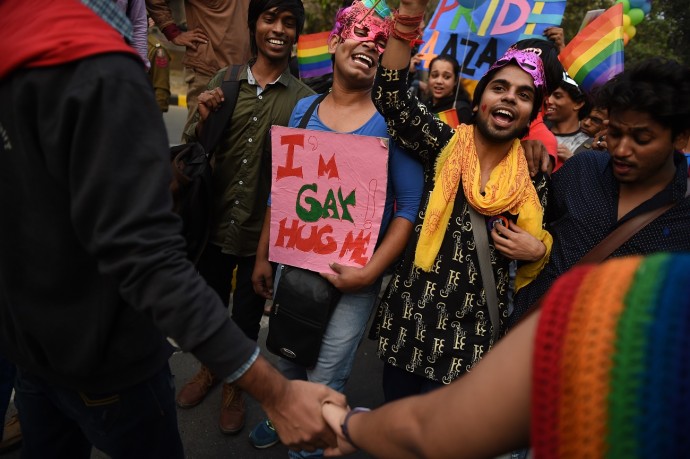
This law is particularly harsh as homosexuality was not such a punishable offence before the coming of Christianity. In fact, non-vaginal sexual practices were punished with the lowest fines possible or even ignored completely. Section 377 notwithstanding, India has slowly but steadily joined the struggle for rights in the LQBTQ community. 1977 saw the first study of homosexuality in India. In February 2012, the Union Home Ministry told the Supreme Court that it opposed the decriminalization of gay sex.
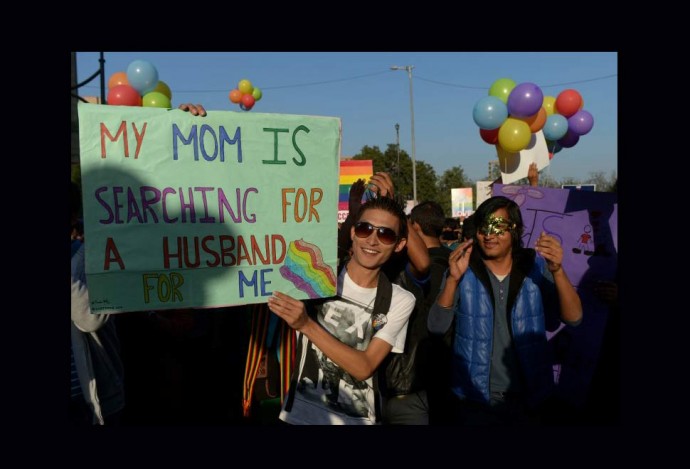
The first Gay Pride Parade took place in July 2012 despite efforts, including intimidation, to halt it. This was followed by protests against the reinstatement of section 377 which were held all over India, with the people demanding that their political parties declare their support for the repeal of Section 377. 2014 saw the first LGBTQ book to appear in Tamil released by the then State General Secretary, Vanathi Srinivasan, at a Hindu spiritual service.
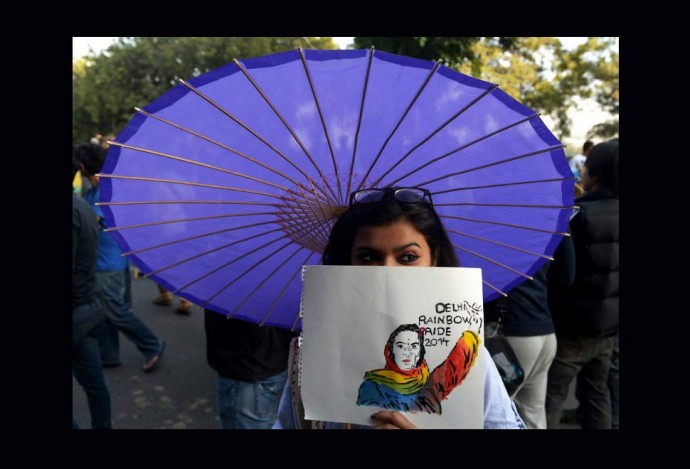
India has definitely come a long way. Even though Section 377 is still in force, more and more people are lending their voice to the struggle. More and more Bollywood products deal with it, with many bars now offering gay nights. From the amount seen at this Pride Parade, it is certain that it will only be a matter of time before the Government is forced to heed the demands of its people. After all, without the people, there would be no need for a Government.


